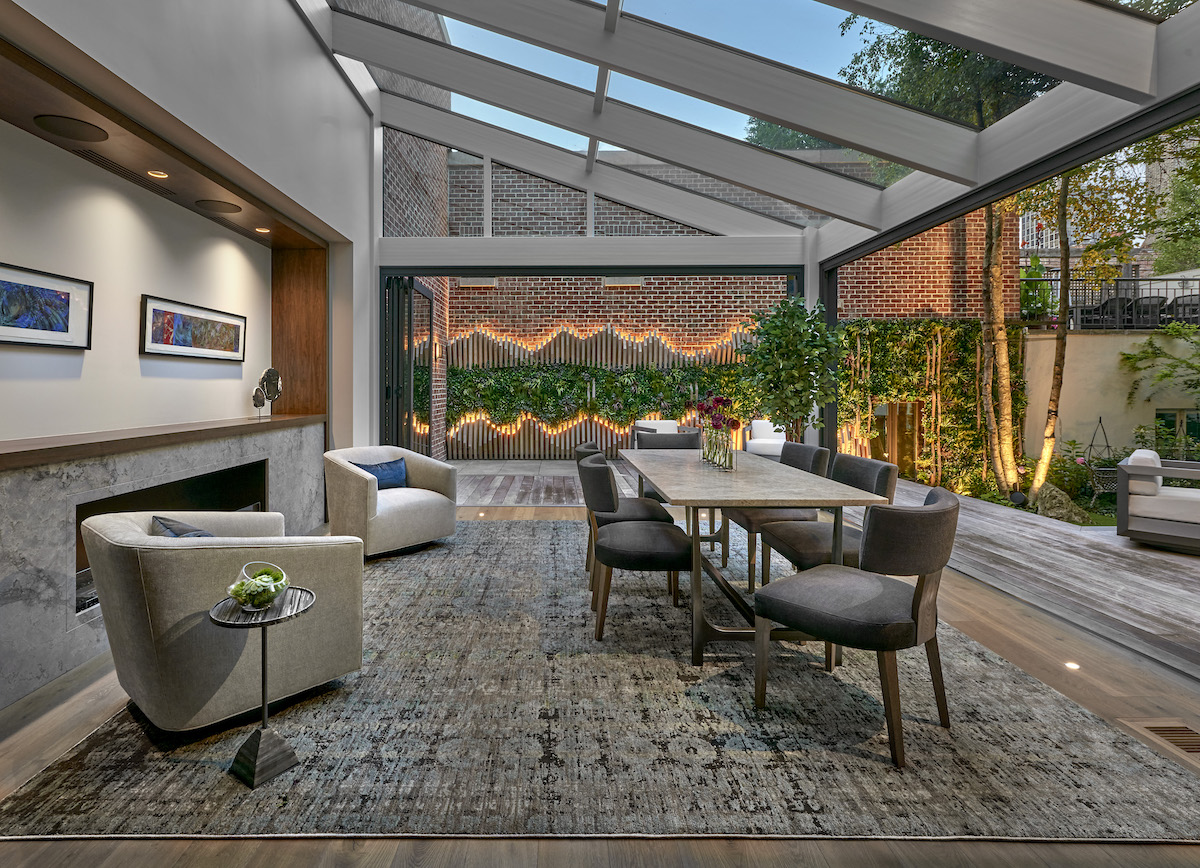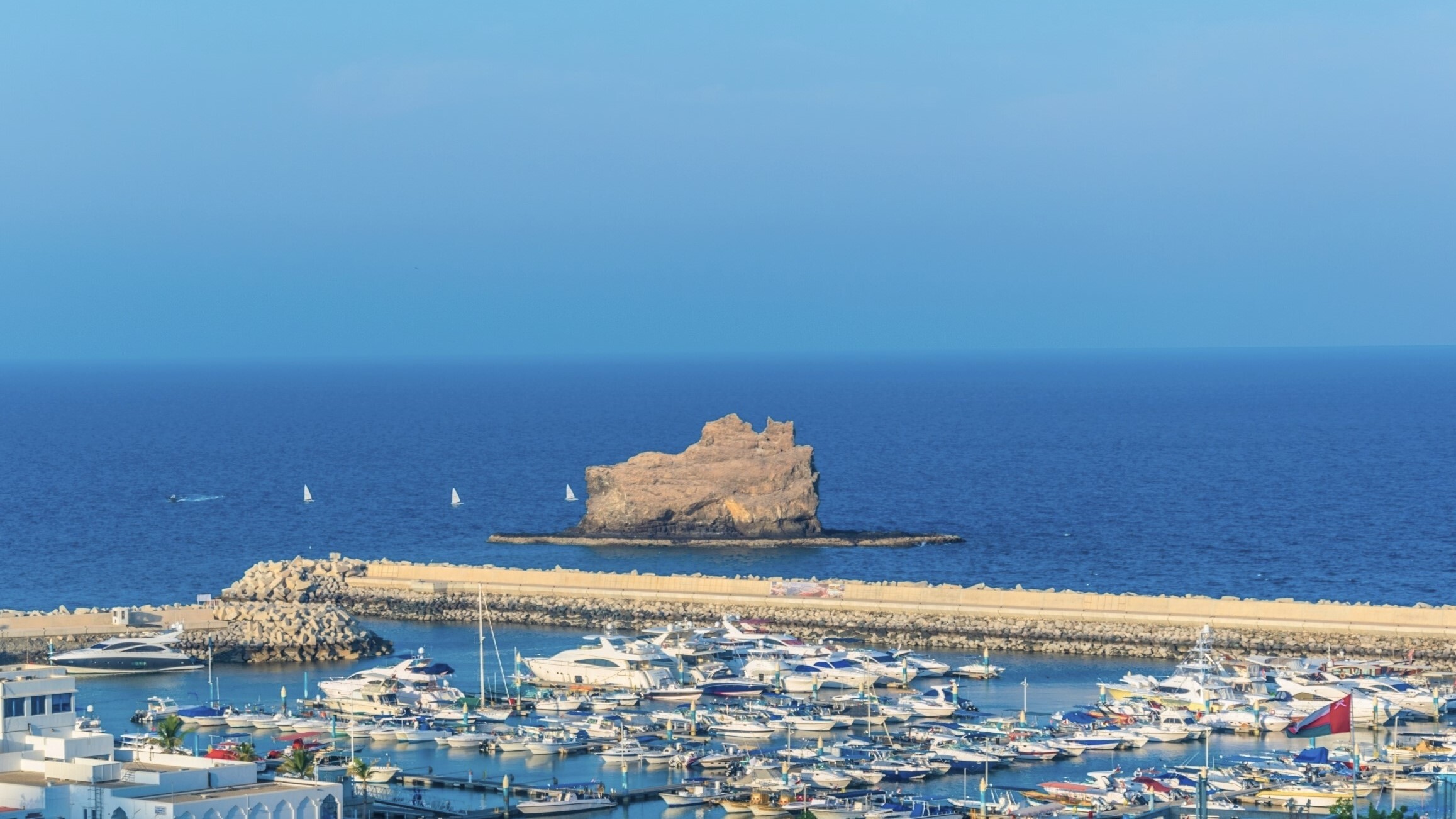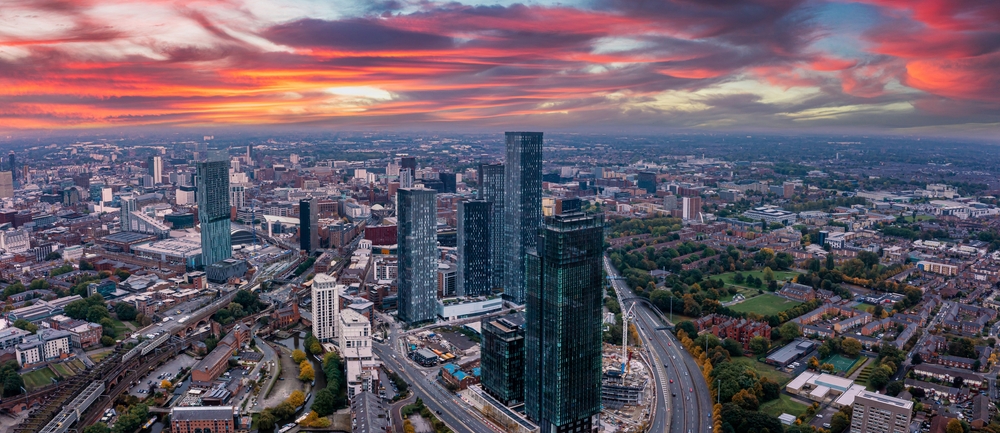33 remarkable and innovative buildings received the top awards at the 2014 World Architecture Festival in Singapore earlier this month. Over the course of this massive design competition, a list of 400 projects—including future designs and completed building—spanning 50 countries was pared down to a mere few dozen designs across 27 categories.
The following five completed structures are some of the most outstanding winners from this year’s festival.
#1: Best House
The festival awarded House for Trees in Vietnam as the world’s “Best House.”
Vo Trong Nghia Architects was inspired by the startling amount of greenery covering Ho Chi Minh City (only 0.25 percent) and designed these simple, yet exquisite structures as a nod to the area’s roots as a tropical forest. Interestingly, the houses dually function as both residences and “pots” for rooftop trees.
#2: Best Housing
Taking top honors in the “Best Housing” category was The Carve by Norwegian firm A-Lab.
The intriguing façade appears “carved-out” of the building’s superbly-angled structure—a design feature that allows for optimal light. The building is one of seven comprising the city of Oslo’s waterfront “Barcode Project,” which guarantees regulated green areas. It is also part the soon-to-be “Opera Quarter” within the city’s up-and-coming Central Business District.
#3: Best Villa
Dune House by Fearon Hay received the highest accolades in the “Best Villa” category.
Located on the east coast of New Zealand’s North Island, about an hour outside of Auckland, Dune House features a sophisticated, yet non-intrusive design that blends in well within its surroundings: a natural dune zone along a popular, white sand beach. It currently serves as a private home.
#4: Best New and Old
The best transformation from past to present went to Chinese architecture studio Neri&Hu for the firm's design of Rethinking the Split House.
Its renovation of a dilapidated 1930s townhouse in Shanghai scored them top honors in the “Best New and Old” category. What was once a single-family house is now a split-level series of three different luxury apartments. The most awe-inspiring feature of the rehabilitated structure is the rear wall of the three-story building, which was sliced away and replaced with glass.
#5: Best Hotel and Leisure
Son La Restaurant by Vo Trong Nghia was named world’s “Best Hotel.”
When it comes to eco-friendly designs, Vietnam appears to be paving the way, especially with this not-so-typical restaurant. The entire project maximized use of local resources, including workers and materials such as bamboo and stonework. It is built to withstand monsoons and the hot, humid temperatures that are typical of the area.
Photos and details courtesy of Huffington Post and Dezeen











